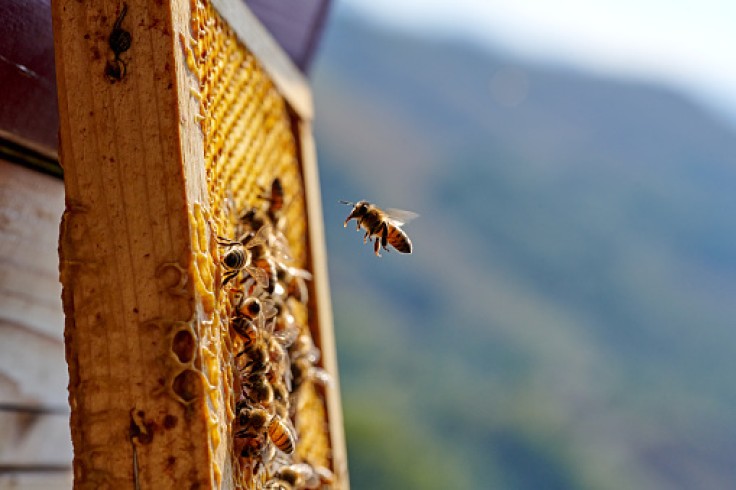Pollinator species are important to maintain the vegetation for most plants. With the dwindling numbers of bees as well as other pollinators, there are massive risks that we may face, which is why artificial pollination may be an option that researchers are thankfully looking into.

Robotic Bees
The team of researchers who developed the robotic be are from Washington State University, naming the invention Bee++. It's capable of flying around at a full six degrees of freedom, as well as stable flight in all directions.
It's impressive to find a robotic invention capable of functioning in the manner of an animal, much more for one that can act like a small insect capable of flight. You will need the right build and lightweight components to make it work.
The robotic bee is still bigger than the average bee, weighing around 95mg with a 33mm wingspan. However, it's still a step in the right direction to develop robots that function at that scale, meaning that one of the biggest problems had already been solved.
The researchers used carbon fiber and mylar to create the four wings attached to the miniature robot, as well as a lightweight actuator to be able to control the wings. As reported by Interesting Engineering, it is also able to twist in motion or "yaw."
Led by Néstor O. Pérez-Arancibia, the Flaherty associate professor at WSU's School of Mechanical and Materials Engineering, the team had to remake the brain of an insect digitally using special controllers to create the robot.
Pérez-Arancibia stated that it was a mixture of robotic design and control, with control being highly mathematical. He added that an artificial brain or what people called "hidden technology" needed to be designed. Otherwise, nothing would work.
The researcher expressed that the so-called "yaw" motion was essential because, without it, the robot would be limited. Not being able to control the function would mean that you are spinning around all the time.
It Could Be Used for Artificial Pollination
The research could serve a more significant purpose, wherein it can potentially be the answer to the threat of the decreasing numbers of pollinators such as bees, butterflies, bats, hummingbirds, and others due to human activity and pollution.
Pesticides and other chemicals have been affecting bee populations. Other factors include habitat loss, changes in the weather, and intensive farming practices, as pointed out by the United Nations Environment Programme.
Of course, the robotic bee is the answer to just one issue that could arise should the bee population continue to decline. It still won't be able to do other things that the insects could do such as produce honey, beeswax, propolis, and more.
In fact, statistics say that a third of the world's food production is dependent on bees. With air pollution, a bee's ability to detect scent molecules may be affected, which means that it will not be able to find its food or locate plants where it can pick up pollen.









